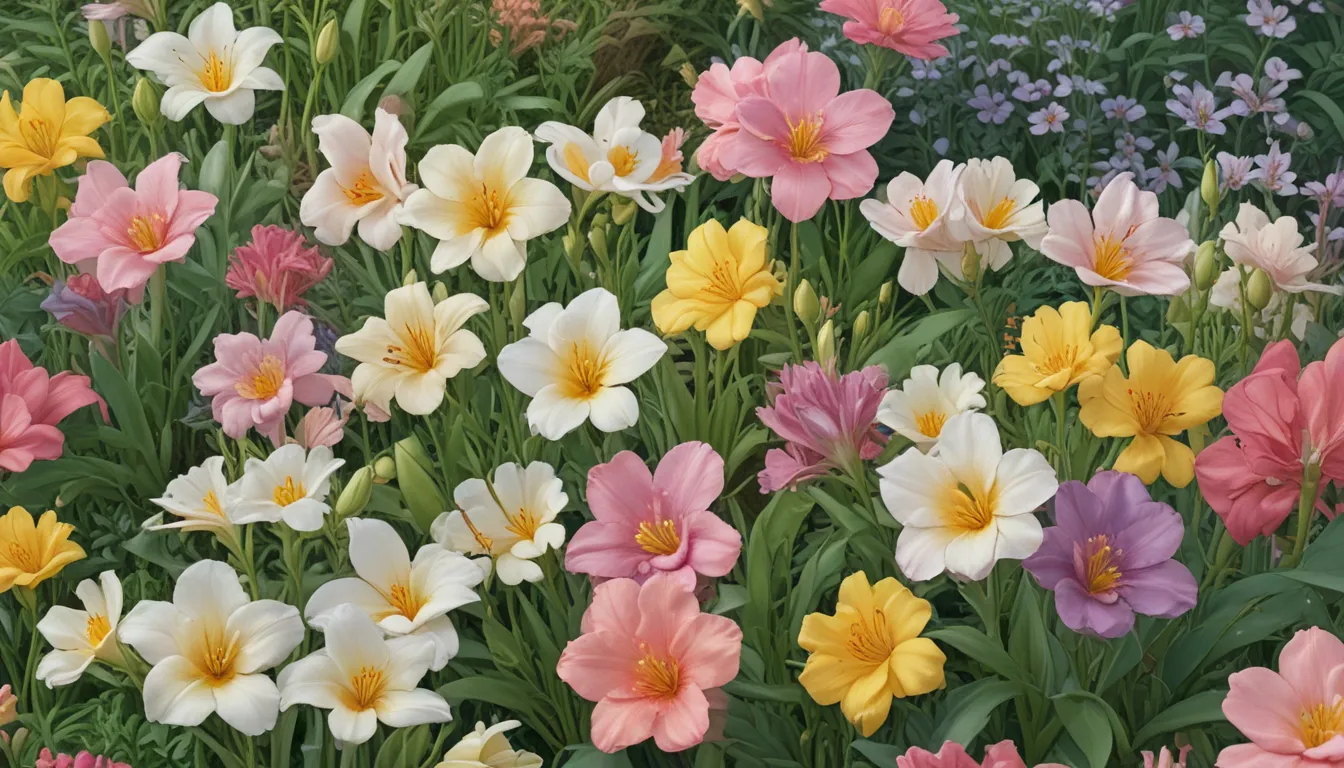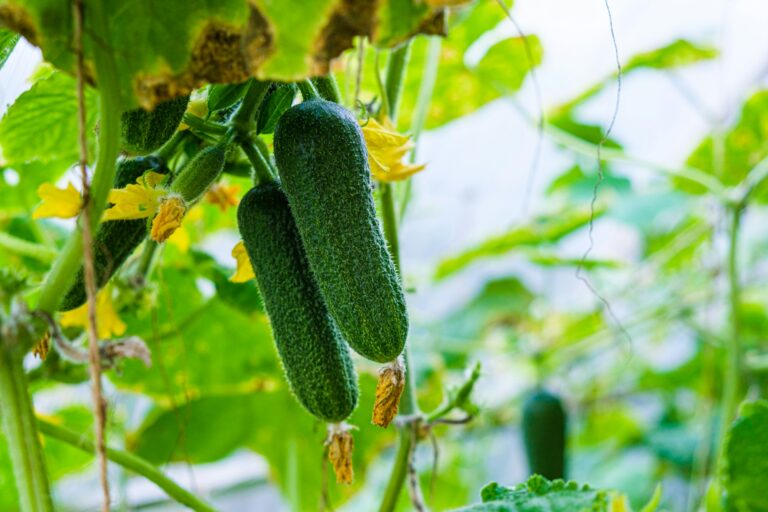A Comprehensive Guide to Growing and Caring for Freesia Flowers

Freesia, a fragrant flowering plant from the Iridaceae family, offers a beautiful array of colors, including lavender, orange, pink, purple, red, white, yellow, and bicolor combinations. These showy blossoms are loved by honeybees for their tubular or funnel-shaped vessels. With about 16 species in the Freesia genus, this plant is a popular choice for gardeners and florists alike.
Today, we’ll delve into everything you need to know about growing and caring for freesia at home. From propagation to maintenance, we’ve got you covered. So let’s get started!
Cultivation and History
Originating from South Africa, freesia thrives in cool weather and grows from a corm, similar to a bulb. It blooms from mid-winter to spring and goes dormant when temperatures rise above 70°F. Winter hardy in Zones 9 and 10, freesia can be grown as an annual or lifted before the first frost for tender perennials. The foliage resembles that of gladiolus or iris, with flowers blooming in succession along an arching raceme.
Cultivation of freesia dates back to 19th century England, where plant hunters discovered new species that became popular among collectors. Hybridization efforts in Europe led to the development of modern hybrids with features like disease-resistance, double petals, and increased height.
Freesia Propagation
There are several methods for propagating freesia, including division and seed planting.
By Division
When dividing freesia plants, wait until after blooming when the foliage withers. Dig up the clump of corms, separate the parent corms from the offsets, and sow the fresh offsets in containers or desired locations.
From Seed
While corms are the primary method for starting freesia, seeds can also be used. Hybrid seeds may not produce true clones of the parent plant, but they offer variation in traits like color and form. After soaking seeds in water for 24 hours, plant them in biodegradable seed starter pots and maintain ideal germination conditions for success.
Transplanting
When transplanting freesia corms, ensure proper spacing and depth in containers or garden beds. Heat-treated corms are suitable for cooler zones, while untreated corms are ideal for warmer regions. Freesia can also be grown indoors for winter blooms or in a cool greenhouse to extend the flowering season.
How to Grow Freesia
Freesia thrives in full sun but can tolerate partial shade in hot climates. The soil should be organically-rich, sandy loam with good drainage. Regular watering, potassium-rich fertilization, and proper care during the growing season are essential for healthy freesia plants.
To support plant health and beauty, follow these growing tips:
- Use the appropriate corm type for your region.
- Provide full sun and well-draining soil.
- Maintain even moisture during the growing season.
- Fertilize with a potassium-rich liquid product once buds appear.
- Stop fertilizing and watering after blooming finishes.
- Lift and store corms for reuse in subsequent seasons.
Maintenance
For perennial freesias, maintenance includes digging up and dividing corms, relocating offsets, and storing corms after the growing season. Proper care and storage techniques are crucial to ensure healthy plants and vibrant blooms in the following year.
- Allow foliage to wither before digging up corms.
- Divide corms and offsets as needed.
- Store corms in a cool, dry location with proper ventilation.
- Label corms for easy identification.
- For cold zones, lift corms before the first frost and store them appropriately.
Freesia Cultivars to Select
Explore different freesia cultivars to add variety and beauty to your garden:
- Double Mix: Boasting double blossoms in assorted bright colors with scents of mint, honey, and citrus.
- Single Red: Features vibrant red blossoms with yellow throats and a peppery perfume.
- Single Yellow: A buttercup yellow beauty emitting a fresh spring scent in full sun.
Managing Pests and Disease
While freesias are generally resilient, they are susceptible to pests like slugs, snails, aphids, and diseases like gray mold, iris leaf spot, and viruses. Proper care, sanitation, and early detection are key to preventing and managing these issues.
- Monitor for pests like slugs, snails, aphids, and thrips.
- Address signs of fungal diseases like gray mold with proper sanitation and removal of affected plant material.
- Treat viral infections by removing diseased plants and practicing good hygiene.
Best Uses for Freesia Flowers
Consider incorporating freesias in various garden settings for a vibrant and fragrant display:
- Plant in cottage garden beds with other complementing flowers.
- Pair with sweet alyssum in borders and containers for height and fragrance variations.
- Create cutting garden displays for bouquets and vase arrangements.
- Naturalize freesias for a wild and colorful garden setting.
Quick Reference Growing Guide
For a quick overview of growing freesias, refer to this guide:
- Plant Type: Tender herbaceous perennial
- Flower/Foliage Color: Bicolor, lavender, orange, pink, purple, red, white, yellow/green
- Native to: South Africa
- Tolerance: Some shade
- Hardiness (USDA Zone): 9-10
- Maintenance: Moderate
- Bloom Time: Mid-winter-spring (perennials), late summer (annuals)
- Soil Type: Organically-rich, sandy loam
- Exposure: Full sun-part shade
- Soil pH: 6.5-7.0
- Spacing: 2-3 inches
- Height: 12-18 inches
- Spread: 6-12 inches
- Water Needs: Moderate
Fabulous, Fragrant Freesia
In conclusion, freesias are beautiful and fragrant flowers that add charm to any garden or floral arrangement. By following proper cultivation, propagation, and maintenance practices, you can enjoy vibrant blooms year after year. Whether you grow freesias as perennials or annuals, their beauty and fragrance are sure to delight.
As you plan your garden, consider adding freesias for a colorful and fragrant display. Do you have any tips or experiences growing freesias to share? Feel free to share in the comments below!
For more gardening guides and tips, explore our other articles on frost-tender flowering perennials and annuals. Happy gardening!





